One plate of a parallel plate capacitor is tilted by a small angle about its central line as shown in the Figure. The tilt angle θ is small. Both the plates are square in shape with side length a and separation between their centers is d. Find the capacitance of the capacitor.
Given : ln(1+x)=x−x22+x33+....
ln(1−x)=−(x+x22+x33+....)

The correct Answer is:∈0a2d[1+a2θ212d2]
Step by step video, text & image solution for One plate of a parallel plate capacitor is tilted by a small angle about its central line as shown in the Figure. The tilt angle theta is small. Both the plates are square in shape with side length a and separation between their centers is d. Find the capacitance of the capacitor. Given : l n(1+x)=x-(x^(2))/(2)+(x^(3))/(3)+.... l n(1-x)=-(x+(x^(2))/(2)+(x^(3))/(3)+....) by Physics experts to help you in doubts & scoring excellent marks in Class 12 exams.
Updated on:21/07/2023Topper's Solved these Questions
Similar Questions
The negative plate of a parallel plate capacitor is given a charge of −20X10−8C. Find the charges appearing on the four surface of the capacitor plates.
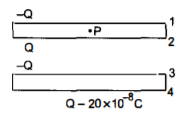
View SolutionTwo square plates of side 'a' are arranged as shown in the figure. The minimum separation between plates is 'd' and one of the plate is inclined at small angle α with plane parallel to another plate. The capacitance of capacitor is (given α is very small)
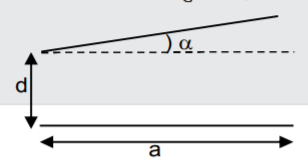
View Solution
Knowledge Check
A parallel plate capacitor is connected to a battery. The plates are pulled apart with uniform speed. If x is the separation between the plates, then the rate of change of electrostatic energy of the capacitor is proportional to
Ax2BxC1xD1x2A parallel plate capacitor with vacuum between its plates has capacitance C. A slabe of dielectric constant K and having the same thickness as the separation between the plates is introduced so as to fill 1/3rd of the capacitor as shown in the figure. the new capacitance will be
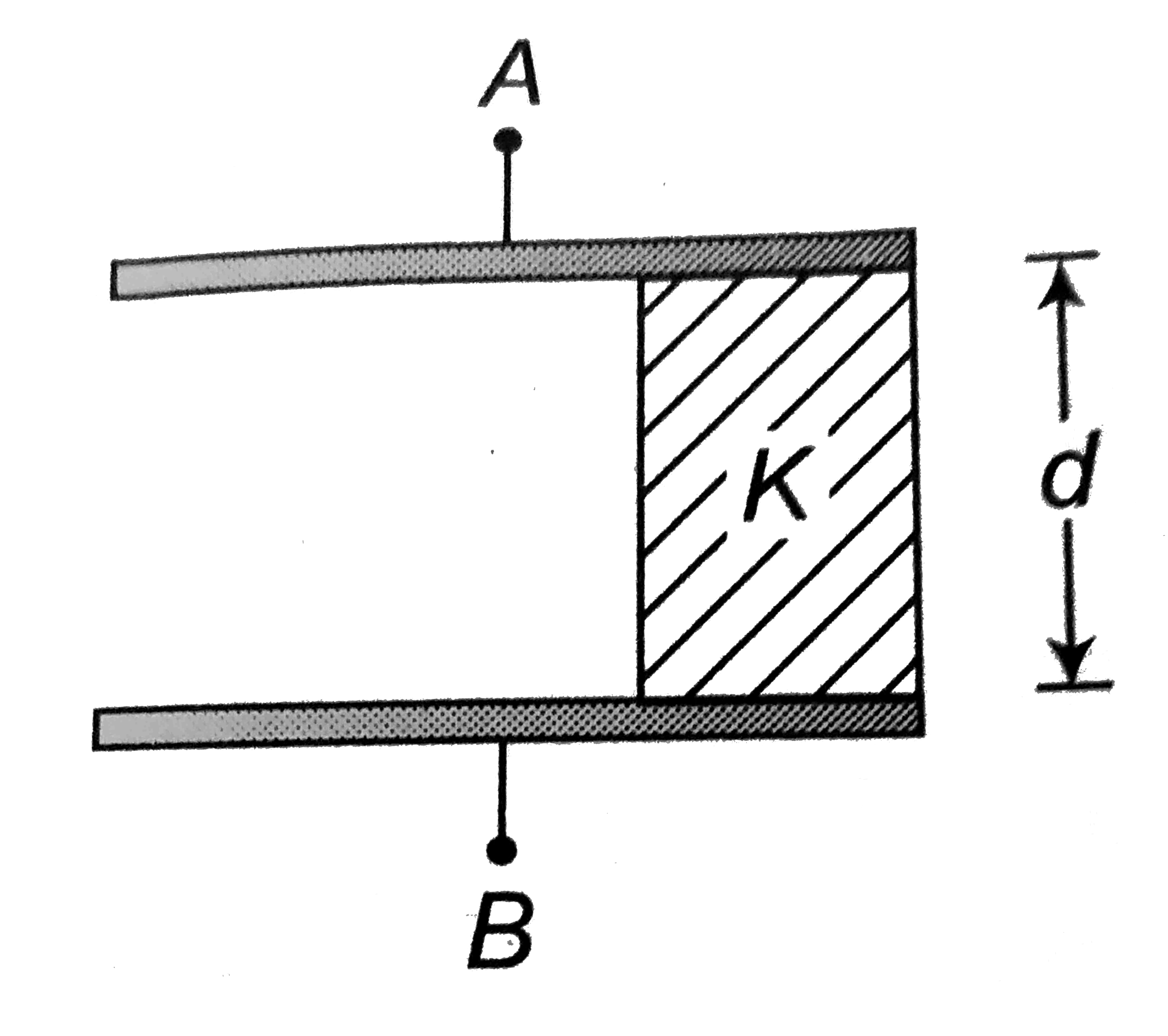 A(K+2)c4B(K+2)c3C(K+3)c4D(K+3)c3
A(K+2)c4B(K+2)c3C(K+3)c4D(K+3)c3
A parallel-plate capacitor with plate area A has separation d between the plates. Two dielectric slabs of dielectric constant K1 and K2 of same area A/2 and thickness d/2 are inserted in the space between the plates. The capacitance of the capacitor will be given by :

View SolutionCalculate the capacitance of the parallel plate capacitor shown in the following figure between point X and Y.
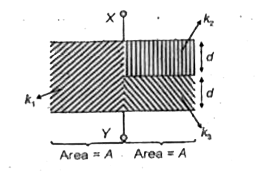
View SolutionFind value of (x+1x)3+(x2+1x2)3+........+(xn+1xn)3.
View SolutionThe coefficient of xn in (1−x1!+x22!−x33!+...+(−1)nxnn!)2 is equal to
View SolutionFigure shows a parallel plate capacitor with its plate area A=lb and plate separation d at left end of the plates. Upper plate of capacitor is slightly tilted by a very small angle 8 as shown. Find the capacitance of this capacitor.
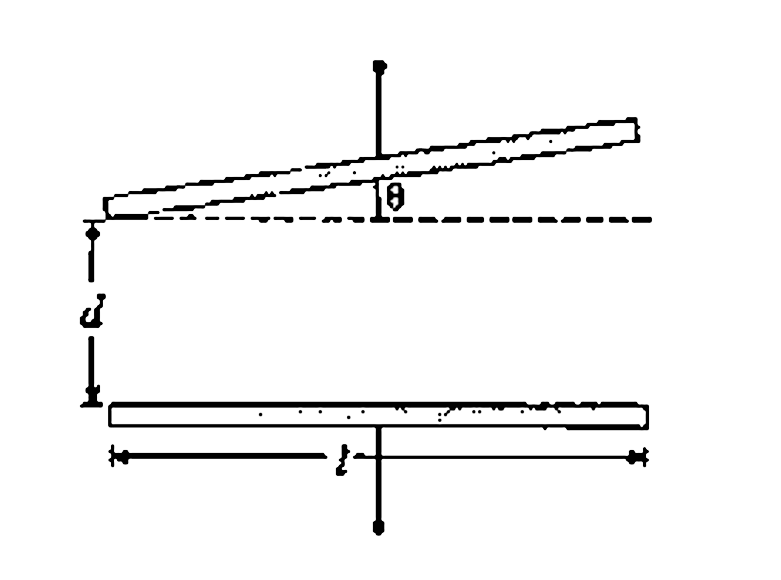
View SolutionA parallel-plate capacitor consists of two square plates of effective area A, length L and plate separation d. If one of the plates is turned through a small angle θ, what is the change in the capacitance of the capacitor?
View Solution